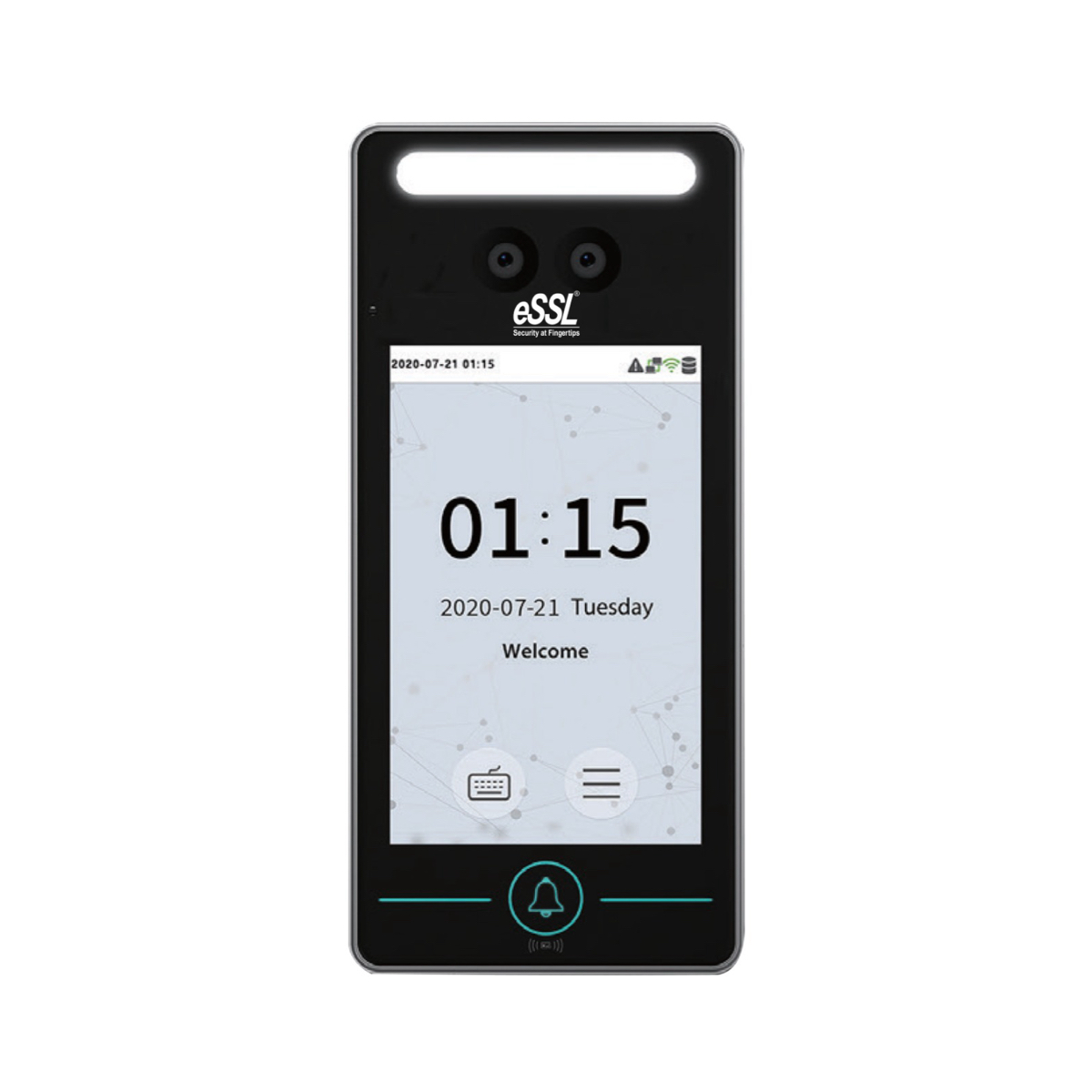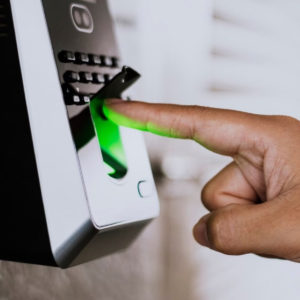
11 Oct 10 benefits of face recognition time clocks for your business
Biometric Face Recognition Time Clocks: Revolutionizing Payroll for Modern Businesses
Business operations has witnessed rapid advancements in recent years, with automation and technology simplifying and optimizing tasks that once required extensive manual effort. One such area that has greatly benefited from technology is payroll management. The introduction of biometric face recognition time clocks stands as a testament to this progress. Here’s a deep dive into how this technology is reshaping payroll for the contemporary business landscape.
1. Elimination of Buddy Punching
“Buddy punching” refers to the practice where employees clock in or out for their colleagues, leading to inaccurate attendance records and potentially fraudulent overtime claims. With biometric face recognition, the system authenticates the individual based on unique facial features, making it nearly impossible for someone to clock in or out on behalf of another.
2. Improved Accuracy
Human error in manual data entry can lead to payroll discrepancies, which can be costly both in terms of finances and employee morale. By automating the attendance system with biometric face recognition, businesses can ensure that the recorded times are accurate to the second. This precise data translates to accurate wage calculations, ensuring employees are paid fairly and correctly for their time.
3. Efficiency and Time-saving
Traditional clocking methods often involve punch cards, PIN entries, or manual logs. With biometric face recognition, employees can simply walk up to the scanner, get recognized within seconds, and move on. This swift process not only saves time daily but also streamlines the payroll process at the end of each pay period.
4. Enhanced Security
Security is paramount for any business. Traditional time clocks can be vulnerable to unauthorized access if someone gets hold of a card or a PIN. In contrast, a biometric face recognition system provides a higher level of security as it relies on unique facial features, which cannot be easily replicated or stolen.
5. Easy Integration with Payroll Software
Modern biometric systems are designed to be compatible with popular payroll software. This compatibility ensures that the attendance data collected by the biometric system can be easily imported into payroll applications, automating wage calculations based on hours worked, overtime, holidays, and more.
6. Cost Savings
While the initial investment in a biometric face recognition system might seem substantial, the long-term benefits lead to significant cost savings. By eliminating inaccuracies, fraud, and manual data entry, businesses can reduce administrative overhead and ensure they’re only paying for actual hours worked.
7. Enhanced Employee Accountability
The introduction of a biometric system can promote a sense of responsibility and accountability among employees. Knowing that their attendance is tracked accurately, employees might be more punctual and committed to adhering to their schedules.
8. Environmental Benefits
Moving away from traditional punch cards or paper-based logs means fewer resources are consumed. This shift not only saves money for businesses but also contributes to a reduction in environmental impact.
9. Real-time Monitoring and Reporting
Biometric face recognition time clocks often come with advanced software that allows for real-time monitoring. Managers or HR personnel can view who is clocked in at any given time, monitor late arrivals, early departures, and breaks. This real-time data is invaluable for making immediate staffing decisions, evaluating employee punctuality trends, and providing timely feedback. Additionally, many systems offer comprehensive reporting features, making it easier for businesses to analyze attendance data, predict staffing needs, and make informed operational decisions.
10. Reduction in Administrative Burden
One of the often-overlooked advantages of a biometric system is the relief it provides to HR and administrative staff. Manual reconciliation of time cards, handling disputes over inaccuracies, and managing lost or forgotten PINs/cards are tasks that consume significant time and effort. With the adoption of biometric face recognition, many of these mundane and repetitive tasks are eliminated. This not only frees up time for HR personnel to focus on more strategic initiatives but also reduces the potential for interpersonal conflicts arising from payroll discrepancies.
Conclusion
Biometric face recognition time clocks offer a seamless solution for businesses looking to modernize their payroll processes. Beyond just convenience, these systems present a combination of security, cost-effectiveness, and accuracy, ensuring that businesses and their employees reap the benefits of technology-driven payroll management.




